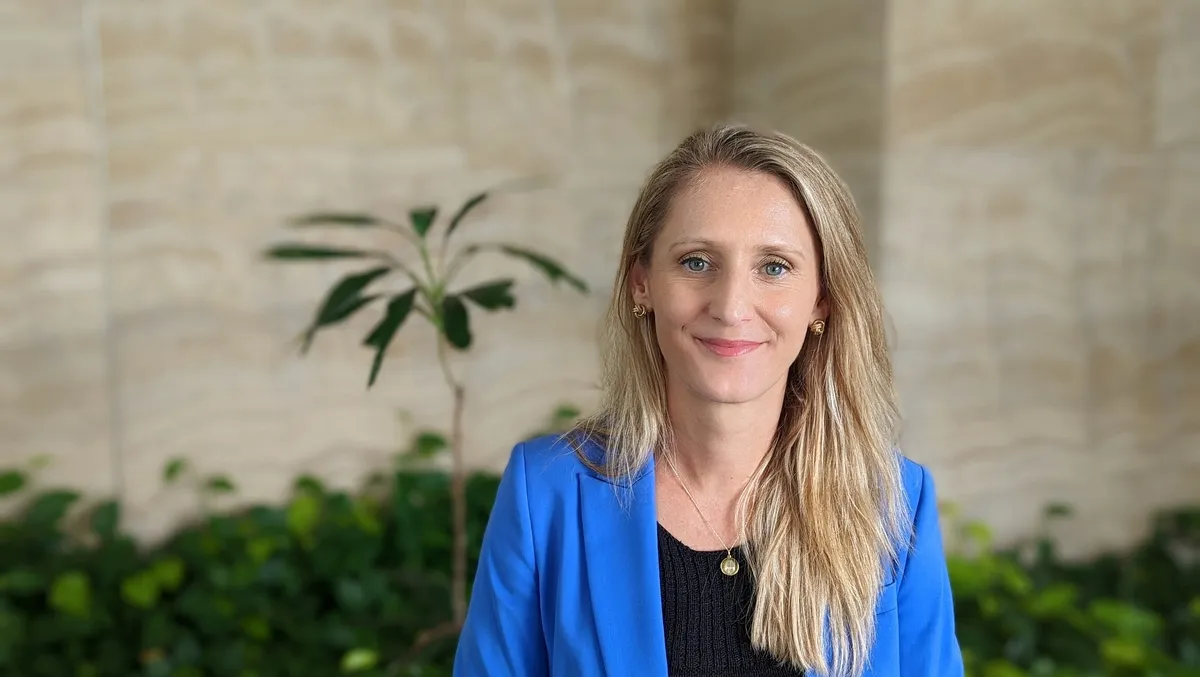
IWD 2023: Vulnerability and our roles in achieving inclusivity for women in IT
When we think about diversity, it means respecting people from different backgrounds, cultures and experiences. While we've come a long way, there is still much to do to ensure that we continue to make the workplace equitable for women. Historically, women have been limited to certain industries and have been held to different standards than our male counterparts. This is still largely the case for women in STEM, but we are seeing gradual changes in the industry.
On International Women's Day, it is important to acknowledge the crucial role that women played in the early days of computing, shaping the world as we know it today. One such notable woman was Katherine Johnson, a mathematician whose calculations of launch windows, trajectory and orbital mechanics were critical to the success of NASA's early space missions. However, despite these monumental contributions, the science, technology, engineering and math, or STEM fields, continue to be dominated by men. Stereotypes and biases discouraged other genders from pursuing careers in these fields. This is compounded by a lack of support for flexible work arrangements and parental leave, which would have created an environment where all genders are considered for hire and encouraged to strive for senior leadership positions and promotions.
There are now more women in STEM thanks to efforts to attract, hire and train women, but we still don't see that representation in leadership positions. Globally, women only make up 24% of leadership roles in technology, according to the WEF's Global Gender Gap Report 2022.
Embracing vulnerability
Being vulnerable in the workplace helps build meaningful connections and makes one more authentic when interacting with colleagues. I remember when I started in my career when female leaders wore the same grey suit and conformed to a masculine ideal. Females essentially mirrored men in the way they spoke and acted, often downplaying their femininity and putting on an aggressive personality in order to be heard. I was lucky to have a strong female leader and mentor, Wendy Johnstone, who taught me how to embrace being authentic and vulnerable. She role-modelled how not to succumb to these pressures and how leadership was not about being available 24/7. This advice followed me when I became a mother and had to learn to set different boundaries within my week than in the past.
For most people, as we learn how to embrace our authentic selves in the workplace, we have, at one point or another, doubted our accomplishments. Imposter syndrome is a psychological pattern where one may feel like a fraud and fear being exposed. While it is a common experience that can affect everyone at some point in time, research has indicated that women are even more likely to experience imposter syndrome. This can be especially so for women in STEM, who are already underrepresented in leadership roles and may feel isolated.
I am no stranger to imposter syndrome. I was often the youngest person at the table, and even with the amount of work I put into my job and the accolades I received, I felt, and still have, moments of self-doubt. Thinking back, what was most constructive was having peers that openly embraced being vulnerable and acknowledged their similar fears. If others share and normalise their experiences, workplaces can be a more compassionate place to grow, and it's now something I encourage, knowing that there will be others like me who could benefit from it.
Building an inclusive culture for all
Setting the example for fostering a diverse and inclusive work culture should start from the top. Having more women in leadership positions and ensuring interviewing panels include better representation of all genders can address unconscious bias when hiring. These are policies and practices that are more often set by our leaders, who must understand where there needs to be more focus to achieve equity.
When we talk about equity versus equality, equity emphasises recognising that people have different needs, whereas equality focuses on treating everyone the same. This results in programs to support working parents, for example, that include flexible working hours to support their children. Understanding the equity/equality difference can also mean implementing greater support for structured programs for women to help them advance their careers, especially seeing that we currently don't see enough women in C-suite roles.
Building that culture may begin at the top, but each individual has their role to play. I've spent the last couple of years getting really involved in mentoring women and giving them guidance on how they can empower themselves and make their workplace culture more inclusive. At Veeam, I am an executive sponsor of our Women in Green and Mentor Labs programs and personally co-lead Mentor Walks Singapore, all of which are aimed at connecting women, sharing experiences and making mentorship accessible. Playing an active role in such programs continues to build better inclusivity, regardless of participants' seniority or gender. On International Women's Day, let's reflect on the actions we have taken and, more importantly, acknowledge the changes that still need to be made. It is easy to feel overwhelmed by the scope of the problem, but every action, no matter how small, can contribute to the shift towards inclusive and equitable workplaces. Let's celebrate our progress and continue supporting women every day while advocating for fair policies and practices for all.

